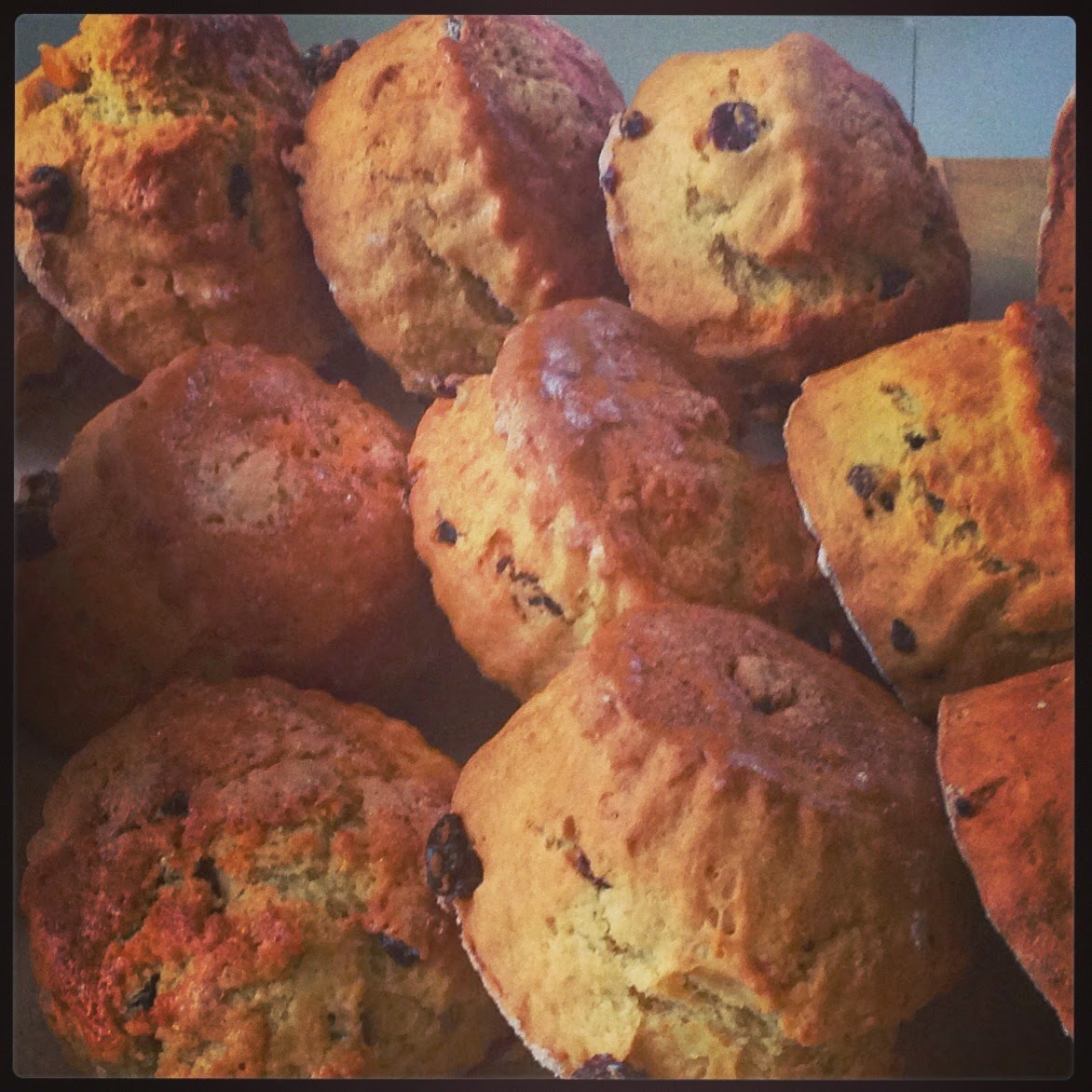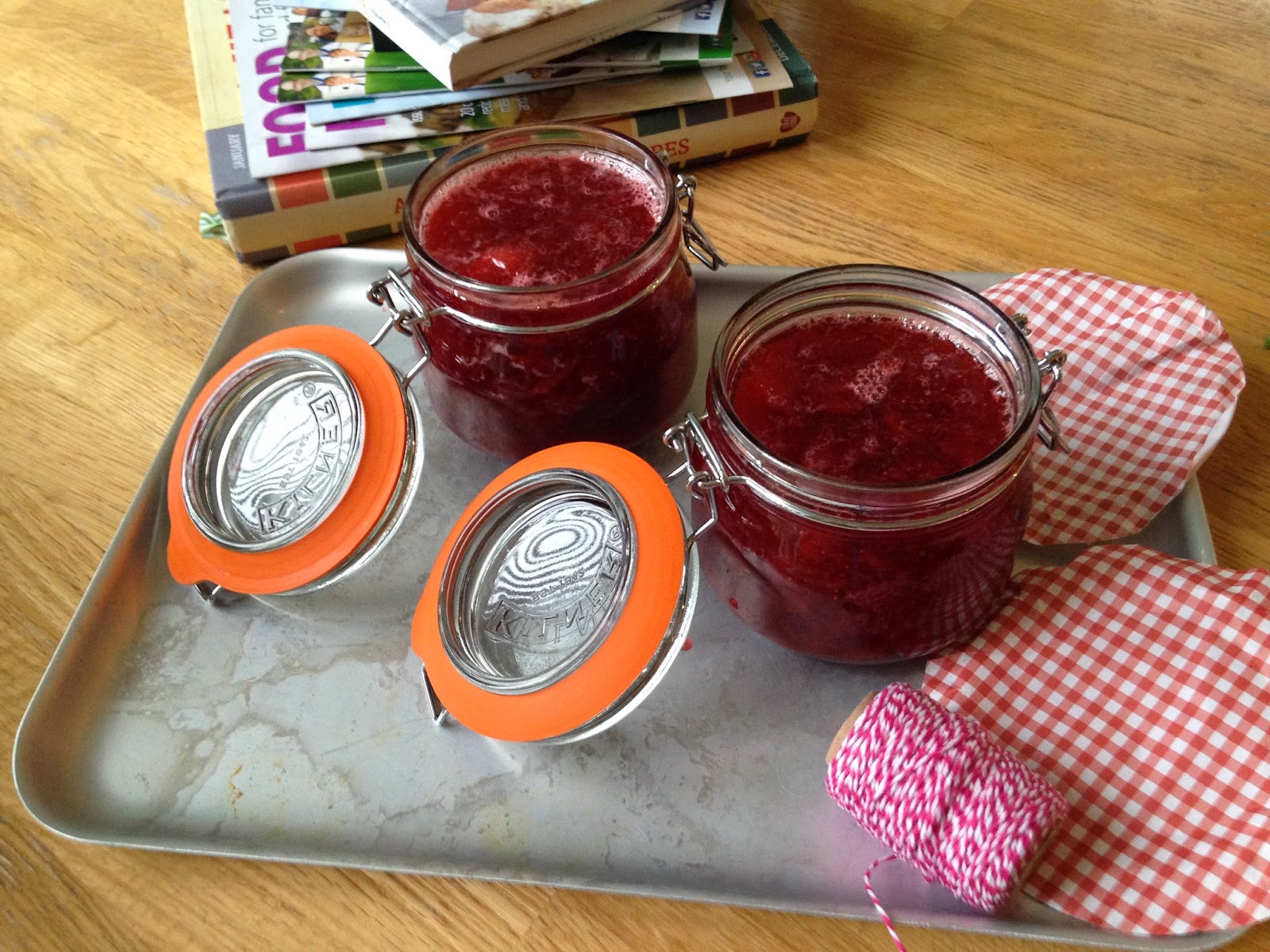
It has been a while.
I have neglected the blog for a few weeks.
I'm on 'Survival Mode' and eating my way through September, October, November... Being back to work has been so hectic and as with life I don't often prioritise the important things that I enjoy and love doing which I need to change!
It's time to get back to what I know and love best.
The Kitchen and writing about it.
These beauties featured are a little gem. I have meaning to make a batch of lemon curd for so long - I had it recently in a M&S cheesecake and my god. Speechless.
These tartlets are not on the clean eating list or agenda nor anywhere near it. It is the season of comfort eating and well we'll come back to the healthy eating stuff again. Another time, another month.
This curd lasts in the fridge for about a month of so. I have also used it and dolloped it on top of fresh scones and I'm working on a lemon and lime curd ice-cream - soon to be shared!
To cut down on time and labour with these I made the lemon and lime curd a week in advance so it can be easier to prepare these quickly having it ready in the fridge.
Anyways, I hope you enjoy them.
Lemon & Lime Curd Ingredients:
-Finely grated zest and juice of 2 limes
-Finely grated zest and juice of 3 lemons
-250g caster sugar
-125g butter, cut into small cubes
-4 large eggs, lightly beaten
Pastry ingredients:
-250 g plain flour, plus extra for dusting
-50 g icing sugar
-125 g cold butter, cut into small cubes
-1 large free-range egg, beaten
-1 tablespoon of milk
Fresh raspberries to decorate
Method:
To make the curd:
Begin my sterilising one medium sized killiner jar in a hot preheated oven to 180℃. Place the jar on its side in the oven. Turn off the oven after 5minutes and leave them in the oven until the curd is ready.
Zest the 3 lemons and 2 limes into a heatproof bowl. Add the juice from the lemons and limes and stir in the sugar and cubed butter. Place the bowl over a pan of barely simmering water. Let the sugar dissolve and the butter melt gently over the low heat stirring occasionally.
Next add the beaten eggs to the bowl and continue to cook, stirring constantly until the mixture thickens enough to coat the back of the spoon.
You may have to wait up to 20minutes for the curd to thicken. Make sure you stir every few minutes to allow a smooth lump free curd.
Remove the sterilised jars from the oven and pour in the curd.
Put the lids on the jars and leave to cool completely before placing in the fridge to chill and fully set.
This curd can be kept in the fridge for up to 1 month.
To make the Pastry:
Sieve the flour and icing sugar into a bowl. Rub in the cold butter with your fingertips until it looks like breadcrumbs. Add in the beaten egg and a tablespoon of cold milk to form a smooth dough. Shape into a ball, wrap in cling film and chill in the fridge for 30minutes before rolling.
Lightly flour the work surface and roll the chilled pastry to 1cm thick. Line the individual tartlet moulds. Prick the bottom of the pastry with a fork.
Gently cover loosely with some greaseproof paper and fill with baking beans. Bake the pastry blind for 10minutes. Remove the pastry after 10minutes, remove the greaseproof paper and baking beans. Return to the oven for a further 5minutes to dry out.
Let the pastry chill gently and fill each tartlet with a generous dollop of the lemon and lime curd. Decorate with fresh raspberries.
Enjoy!














































